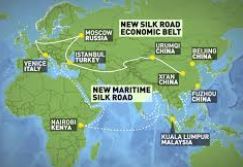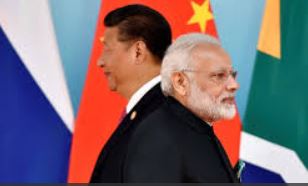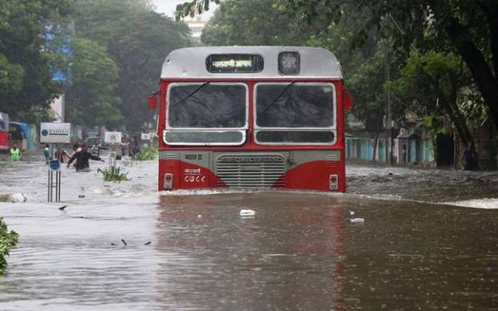Russian President Vladimir Putin said on Tuesday that imposing tougher sanctions on North Korea over its nuclear missile program would be counter-productive and said threats of military action could trigger "a global catastrophe."
Putin, speaking after a BRICs summit in China, criticized U.S. diplomacy in the crisis and renewed his call for talks, saying Pyongyang would not halt its missile testing program until it felt secure.
"Russia condemns North Korea's exercises, we consider that they are a provocation ... (But) ramping up military hysteria will lead to nothing good. It could lead to a global catastrophe," he told reporters.










































